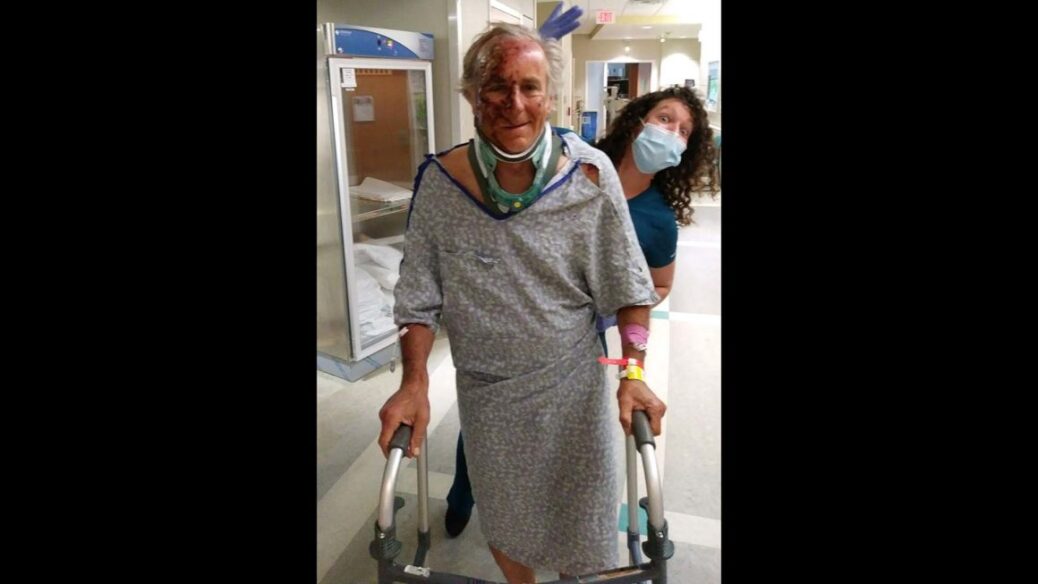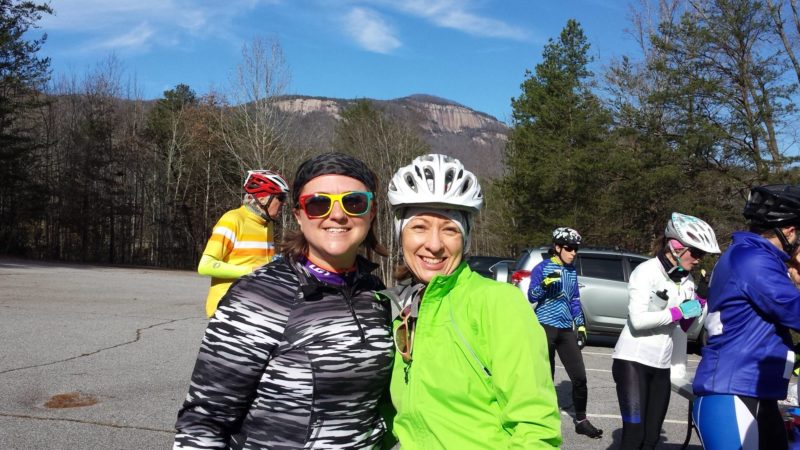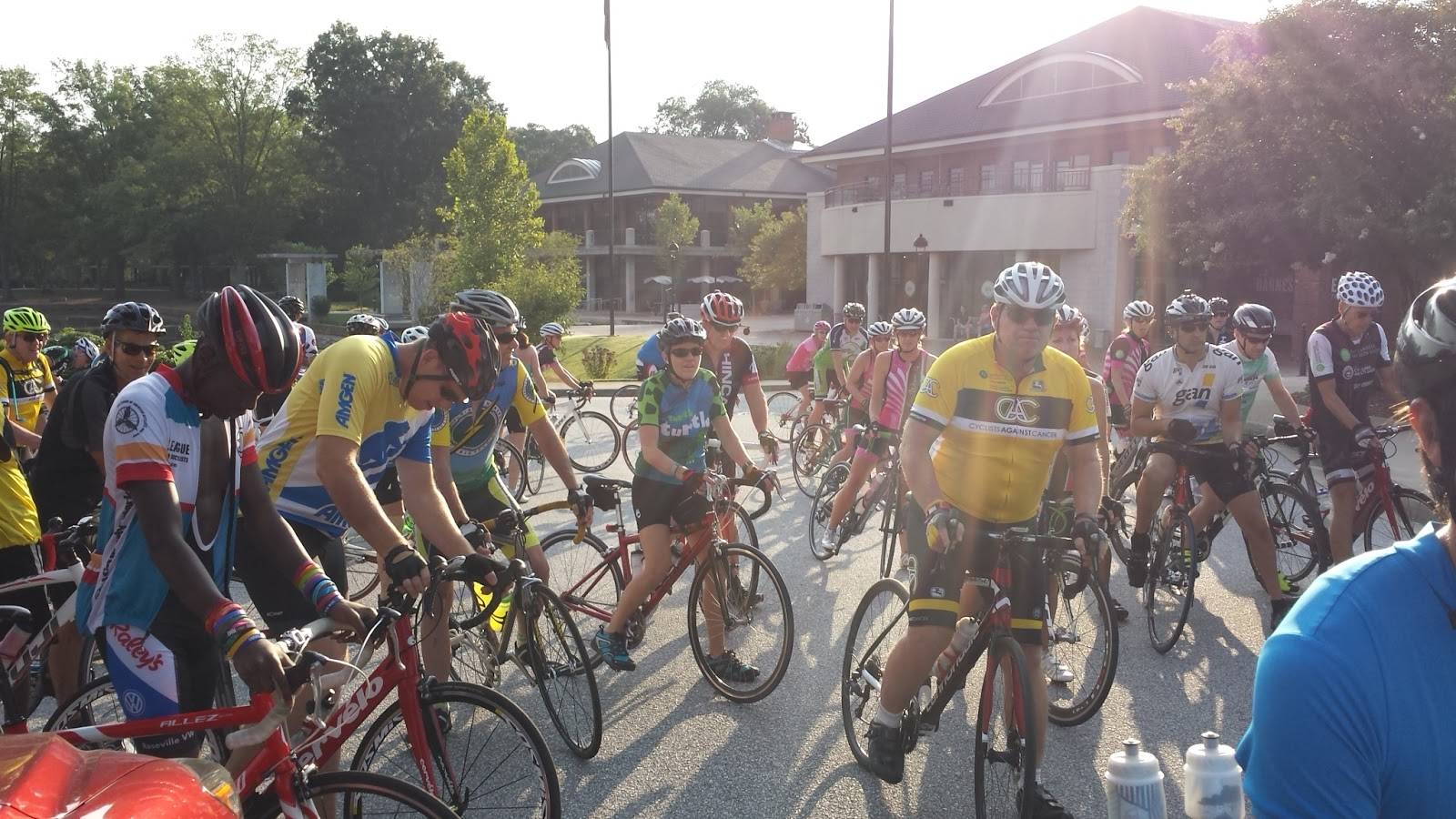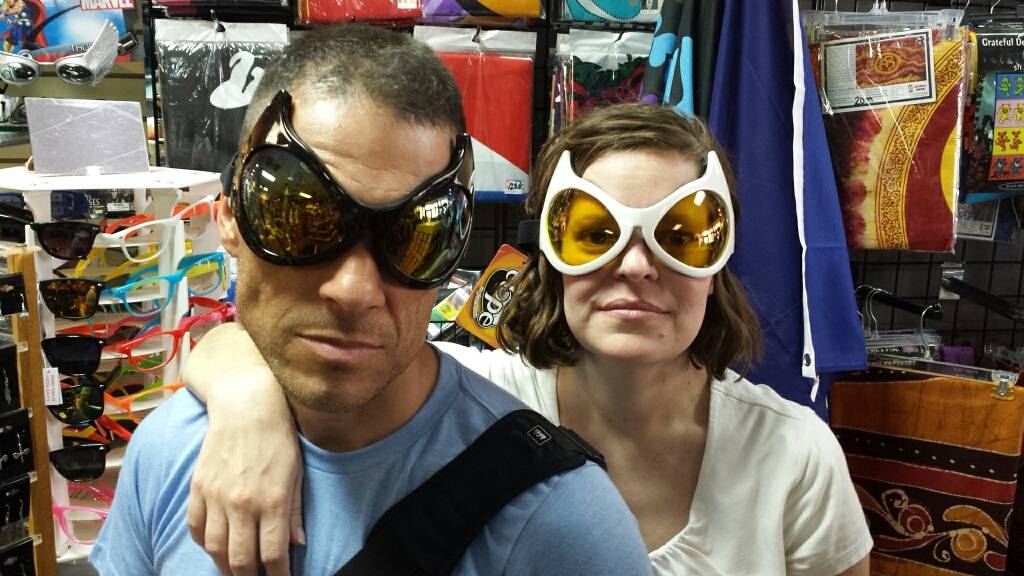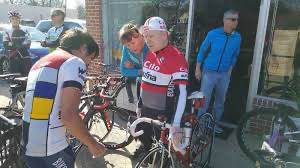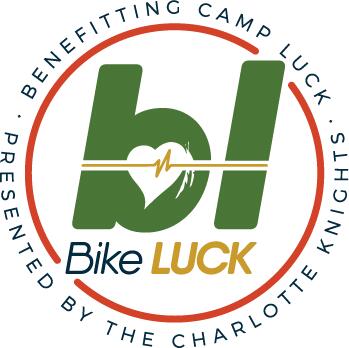For local cyclists, hazardous roadways are ‘a matter of life and death’

It was shaping up to be a big year for Duhan, and May was looking to be one of his best months yet. The week before, he’d logged 300 miles on his bike and had climbed about 20,000 feet. Duhan may have been a man in his early 60s, but he felt more like a 20-year-old.
“I was just riding everywhere and enjoying every second of it,” he said.

As he was riding that day last May, however, a strange thing happened. Duhan was in his rhythm, the wind in his face, his eyes set on the road ahead, when suddenly the road was no longer a road anymore — it was a clock.
Duhan blinked as the image blurred into focus: a simple clock mounted on a bare white wall, the hands ticking away the seconds.
It took him a few moments to register what he was seeing. The clock read 9 at night. He had been out on his bike at 2:30 in the afternoon. He tried to understand what had happened, but all he knew was that one second he was on his bike, looking at the road ahead, and the next second he was lying down, looking at a clock on a wall.
Then he noticed he couldn’t move his neck. A heavy brace of some sort had been clamped onto him above the shoulders. He looked down and saw tubes stuck into his arms. His riding clothes were gone, replaced by a flimsy hospital gown.
“Eventually a nurse came into the room, and I must’ve asked what was going on,” Duhan said. “She told me I’d been run over by a car on my bicycle.”

He’d been unconscious for more than six hours. He didn’t remember anything about the accident, but witnesses would later reveal it had been a hit-and-run. The driver hadn’t even tried to slow down or steer away. From the damage to his bike, the way the back wheel was totally smashed, it was obvious that it’d been a direct hit. Witnesses said Duhan’s body had rolled over the car’s fender and hood, did a few backflips and smashed onto the pavement, lying still as death.
“You figure if there’s an accident, you stop to see if they’re all right,” Duhan said.
Instead, the driver sped away, and it was a neighbor who came to Duhan’s aid, having rushed out of his house after witnessing the accident. The neighbor later reported that he was shocked Duhan was even alive.
“His statement was, ‘I was 100% sure I was coming up on a dead body,’ just because of the way I was laid out, not moving,” Duhan said. “This person that drove off would’ve seen me in their rearview mirror like that.”
Duhan’s injuries were severe: a fractured vertebra, the parts of his spine that control the head and neck were displaced by 50%, a broken fibula in his left leg and some broken ribs. Still, he felt lucky it wasn’t worse.
“The neck injury is the scariest part of the whole thing. I was pretty lucky. Sure, I complained a lot, but I got to count my blessings I’m still able to walk and talk,” he said.

In the cycling community, Duhan’s accident was a touchstone moment, one that revealed the occasionally combative relationship between cyclists and aggressive drivers. The cycling community is tight knit in Greenville, a “cycling family,” they like to say. And for one of their own to be taken out in such an aggressive manner was way out of bounds.
And yet, it’s not the first time such altercations have occurred.
“There are people that will try to run you off the road, and they really come close to killing you,” said David Rodriquez-Gomez, a full-time sales associate at Carolina Triathlon. “When you’re on that bike, it’s life and death.”
Cyclists like Duhan say the biggest problem is most likely distracted driving — people glued to their phones, not eyeing the road. But just as many local cyclists surveyed are less charitable, instead arguing that the most difficult challenge comes from car drivers deliberately targeting them.
A common incident is getting pelted with water bottles or full drinks tossed from car windows. Being slowly ran off the road is another. Drivers trying to scare cyclists by passing dangerously close, even when there are no oncoming cars at all in the other lane, is also a well-told story. Same goes for people yelling at cyclists about how they “don’t pay taxes” to use bikes on the road, even though cyclists do, indeed, pay taxes.
“If the community could be better informed, maybe they wouldn’t come close to killing us all the time,” said Rodriquez-Gomez.
Any driver can know the frustration of being stuck behind a cyclist for a long stretch of road, but cyclists aren’t going anywhere — in fact, they’re a fast-growing presence. In the last decade, Greenville has become a mecca for cyclists, according to retired pro cyclist Nicole Johnson.

“We had lots of people tell us that this was one of the best places for training and riding because you have the mountains, but you also have the rolling farmland and the wide-open flats,” Johnson told the Greenville Journal last August.
But even as the area has seen more cyclists, the state itself ranks as the 3rd worst in the nation for pedestrian safety and 9th worst for cyclist safety, with 139 combined fatalities in 2015, the most recent year for which data is available, according to the National Highway Traffic Safety Administration.

In recent years, 33 states have enacted so-called “3-feet laws” that require passing drivers to stay at least 3 feet from cyclists. South Carolina, which has no such law, has not updated its bike laws since 2008. Of the 14 state laws related to bikes, only two relate to car drivers. Those laws mandate that a car “must operate at a safe distance from a bicyclist” and “makes the harassing or throwing of an object at a person riding a bicycle unlawful.”
Neither the city of Greenville nor Greenville County have specific ordinances related to cyclists, deferring instead to state laws, but both have issued suggestions that include all cyclists wearing helmets and making oneself as visible as possible on the roadway.
Greenville County Government Affairs Coordinator Bob Mihalic said it can often be tricky balancing public safety while not infringing on perceived personal liberties. Unlike 21 other states and the District of Columbia, for instance, South Carolina does not have any helmet laws even for young cyclists.

But for Duhan, the matter of one protecting oneself by wearing a helmet is altogether separate from the matter of protecting others.
“The 3-feet law might be something we can push for if we get enough publicity on that,” Duhan said. “If we can push that up to the state level, it would at least let drivers know that they need to give you room when you go around them.”

In the year since Duhan’s injury, the driver still hasn’t been found, but Duhan hasn’t let that stop him from getting back out on the road. Just months after he got out of the hospital, he was already back to training again. Even if the laws remain the same, and even if distracted or malicious drivers remains a problem, he doesn’t ever plan on giving up cycling.

In that sentiment, he’s not alone.
“It’s the camaraderie, more than anything,” Duhan said. “That was the biggest thing I learned after the accident. The number of people who reached out with prayers and words of support. That’s the people I ride with. They call us a ‘cycling family,’ and I can say for a fact that it really is true.”

